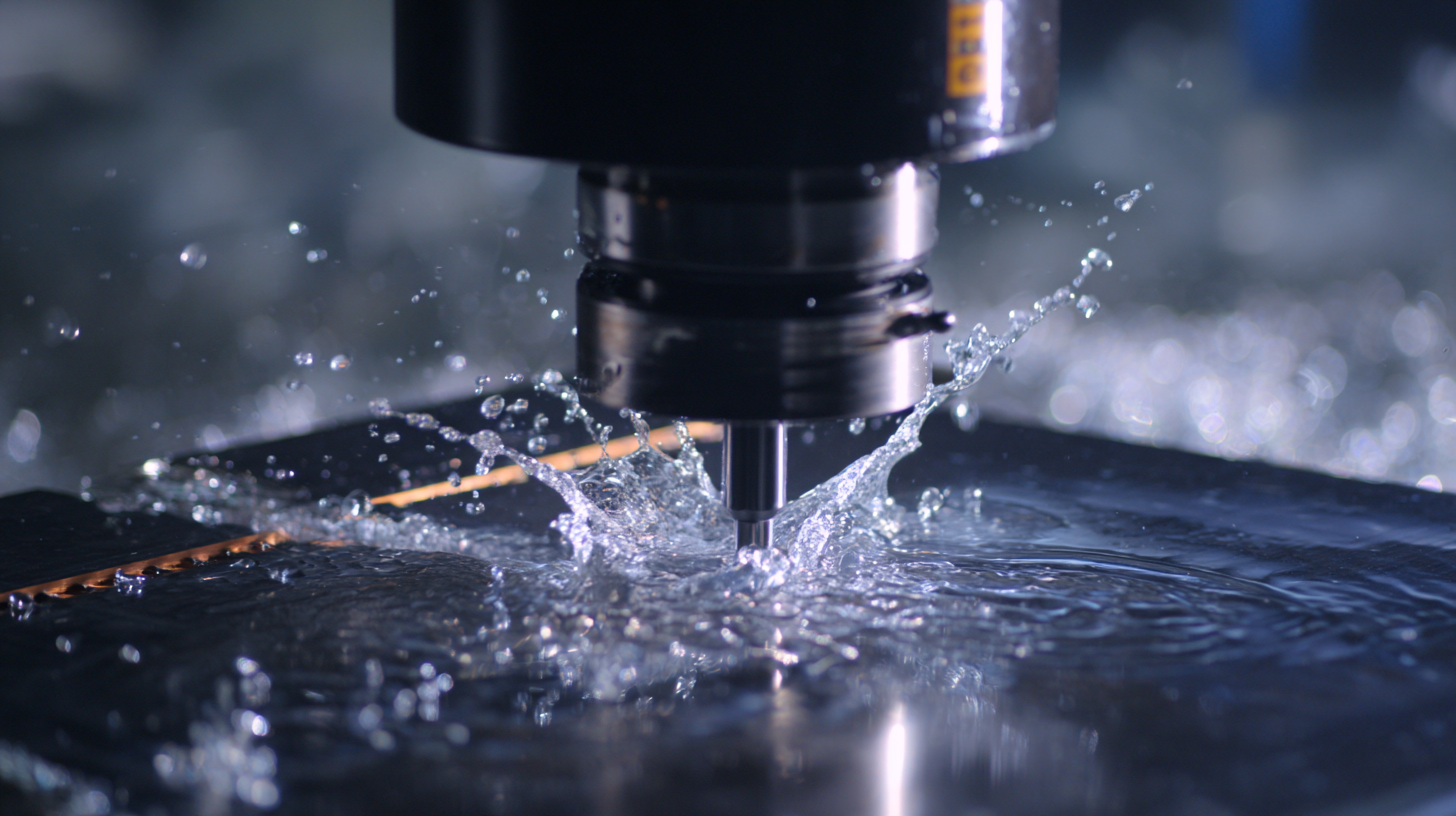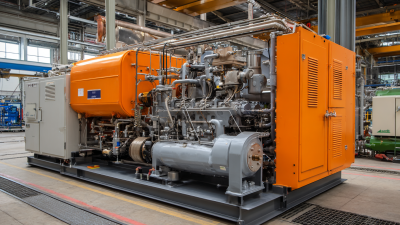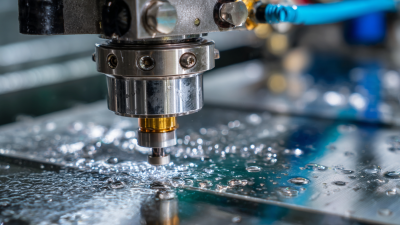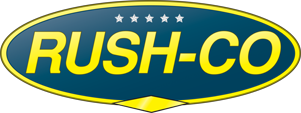Exploring the Benefits of Water Jet Rubber in Modern Manufacturing Processes
In the rapidly evolving landscape of modern manufacturing, the integration of advanced technologies is paramount. One such innovation that has revolutionized production processes is water jet rubber. As an expert in the field, Dr. Emily Carter, a leading materials scientist at Tech Innovations Inc., notes, "The versatility and precision of water jet rubber not only enhances efficiency but also significantly reduces waste, making it a game-changer for sustainable manufacturing." This insight underscores the growing recognition of water jet rubber as a critical substance in various industrial applications.

Water jet rubber technology utilizes high-pressure water jets to cut and shape rubber materials with exceptional accuracy, offering manufacturers a blend of precision and flexibility. The process eliminates the need for traditional cutting methods that may compromise material integrity, paving the way for innovative designs and complex geometries that were previously unattainable. As industries seek to optimize their operations and minimize environmental impact, the adoption of water jet rubber presents a compelling solution.
In the following sections, we will delve deeper into the myriad benefits that water jet rubber brings to modern manufacturing. By exploring its applications, cost-effectiveness, and eco-friendly attributes, we aim to provide a comprehensive overview that highlights why this innovative material should be at the forefront of manufacturing strategies in the years to come.
Advantages of Water Jet Rubber in Precision Cutting Applications
Water jet rubber technology has revolutionized precision cutting applications across various industries. One of the primary advantages of water jet rubber is its ability to produce intricate cuts with exceptional accuracy, making it ideal for complex designs that require tight tolerances. This precision is achieved without the need for secondary operations, which not only saves time but also reduces production costs. Moreover, water jet rubber does not generate heat during the cutting process, eliminating the risk of thermal damage to the material being cut, thus preserving its integrity and quality.
Another noteworthy benefit of using water jet rubber in manufacturing is its versatility. It can effectively cut through a wide range of materials, including metals, plastics, ceramics, and composites. This capability makes it an invaluable tool for industries such as aerospace, automotive, and architecture, where diverse materials are often encountered. Additionally, the eco-friendly nature of water jet cutting processes, which utilize high-pressure water mixed with garnet or other abrasives, minimizes waste and reduces the environmental impact compared to traditional cutting methods. As manufacturers strive for efficiency and sustainability, water jet rubber stands out as a leading solution for precision cutting needs.
Impact of Water Jet Technology on Material Efficiency in Manufacturing
Water jet technology has revolutionized modern manufacturing processes, significantly impacting material efficiency. This method utilizes high-pressure water streams, often mixed with abrasives, to cut a variety of materials with precision. One of the main advantages is the minimal kerf, or cutting width, which reduces waste during the cutting process. Unlike traditional cutting methods, water jet cutting minimizes excess material loss, allowing manufacturers to optimize their resources and lower production costs.
Furthermore, the ability to cut complex shapes with intricate designs enhances material utilization. This precision enables manufacturers to nest parts closely together on sheets of material, thereby maximizing the number of components produced while wasting as little material as possible. The versatility of water jet technology in handling different materials, such as metals, plastics, and ceramics, further drives its adoption in industries looking to improve sustainability. With reduced waste and increased efficiency, water jet rubber cutting stands out as a transformative solution in today’s manufacturing landscape, aligning with the growing demand for environmentally responsible production practices.

Cost Reduction through Enhanced Water Jet Rubber Processes
The integration of water jet rubber cutting technologies in modern manufacturing processes has shown significant potential for cost reduction. According to a report by the International Water Jetting Association, manufacturers utilizing advanced water jet cutting can achieve production cost savings of up to 30%. This is primarily due to the efficiency of the water jet process, which minimizes material waste and reduces the need for secondary operations. The ability to cut through various materials at high precision levels not only accelerates production times but also lessens the dependency on expensive tooling.
Furthermore, the lower energy consumption of water jet rubber processes contributes to overall operating cost reductions. A study published by the American Manufacturing Research Institute highlighted that water jet systems typically consume 50% less energy than traditional cutting methods while delivering superior results. With the growing emphasis on sustainable manufacturing practices, the adoption of water jet rubber technologies aligns well with corporate objectives aimed at reducing environmental footprints and operational expenses. As more companies recognize these advantages, we are likely to see a broader shift toward these methodologies across the manufacturing sector.
Exploring the Benefits of Water Jet Rubber in Modern Manufacturing Processes - Cost Reduction through Enhanced Water Jet Rubber Processes
| Process Type | Material Used | Cost Reduction (%) | Time Efficiency (Hours) | Waste Reduction (%) |
|---|---|---|---|---|
| Cutting | Rubber Sheet | 15% | 3 | 10% |
| Engraving | Natural Rubber | 20% | 2 | 5% |
| Trimming | Synthetic Rubber | 10% | 1.5 | 8% |
| Molding | EPDM Rubber | 25% | 4 | 15% |
| Sealing | Silicone Rubber | 18% | 2.5 | 7% |
Comparative Analysis: Water Jet Rubber vs. Traditional Cutting Methods
Water jet rubber cutting has emerged as a revolutionary technology in modern manufacturing processes, offering significant advantages over traditional cutting methods. One of the key benefits of water jet rubber technology is its ability to create precise cuts without the generation of heat, which can warp or damage materials. This cold cutting technique not only preserves the integrity of delicate materials but also allows for greater design flexibility and accuracy. Unlike traditional methods that can require extensive tooling and setup, water jet cutting is highly versatile and can accommodate a wide range of materials and thicknesses, making it ideal for various applications.
Comparatively, traditional cutting techniques, such as laser cutting or mechanical cutting, often produce unwanted heat and can lead to rough edges that necessitate further finishing processes. While these methods may be suitable for specific tasks, they typically involve a longer manufacturing cycle and increased material waste. Water jet rubber cutting is increasingly preferred for its efficiency, precision, and reduced environmental impact. As the manufacturing landscape evolves, adopting innovative technologies like water jet rubber cutting could significantly enhance production capabilities and sustainability in the industry.
Sustainability Benefits of Using Water Jet Rubber in Modern Industries
The use of water jet rubber in modern manufacturing processes presents significant sustainability benefits that are becoming increasingly important in today's eco-conscious industries. As reported by a study from the American Society of Mechanical Engineers (ASME), water jet cutting technologies can reduce material waste by up to 30% compared to traditional cutting methods. This reduction not only minimizes the environmental footprint but also enhances resource efficiency, as manufacturers can utilize a higher percentage of the initial material, leading to cost savings and increased productivity.
Moreover, water jet rubber eliminates the need for harmful chemicals commonly used in traditional machining processes. According to the International Journal of Advanced Manufacturing Technology, the adoption of this technology has resulted in a 25% decrease in toxic waste production in manufacturing settings. This aligns with the growing trend towards sustainable practices, as industries strive to comply with stricter environmental regulations and reduce their overall impact on the planet. By embracing water jet rubber technologies, manufacturers not only contribute to a healthier ecosystem but also position themselves as forward-thinking leaders in sustainable manufacturing.

Related Posts
-

Understanding the Benefits of Water Jet Cutting Machines in Modern Manufacturing
-

Exploring the Benefits of Water Jet Cutting for Precision Stainless Steel Fabrication
-

The Ultimate Guide to Understanding How a Water Jet Head Transforms Industrial Cutting
-

Unlocking Precision: How Water Jet Cutting Systems Revolutionize Metal Fabrication with 0.005-Inch Accuracy
-

The Future of Precision Manufacturing with Waterjet Cutting Technology in Utah
-

The Ultimate Guide to Understanding Lift Docks and Their Importance in Modern Logistics

